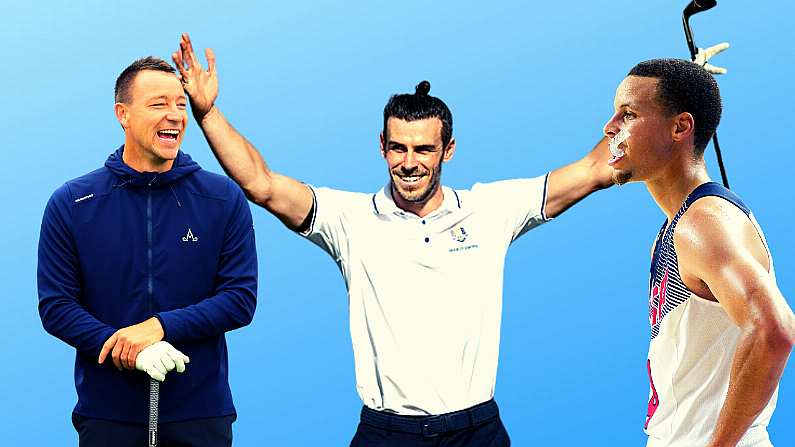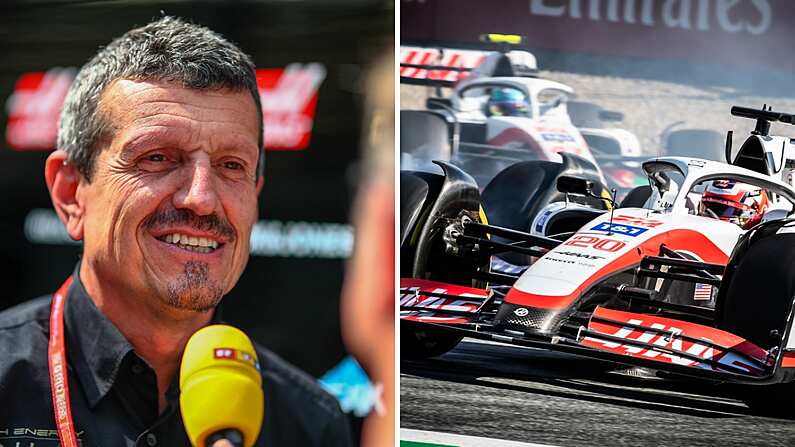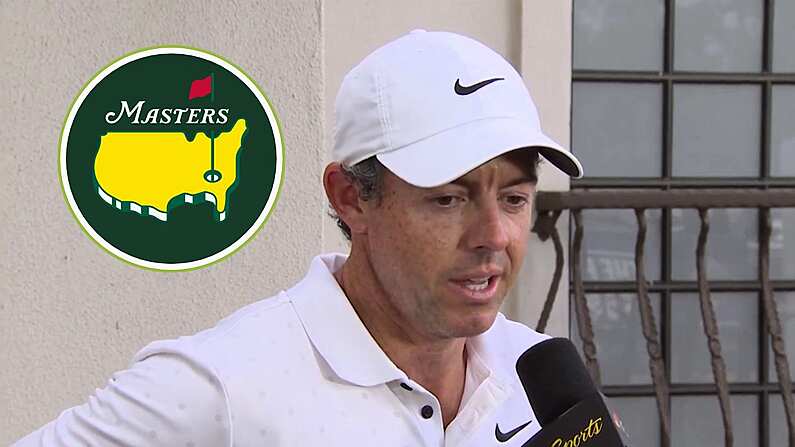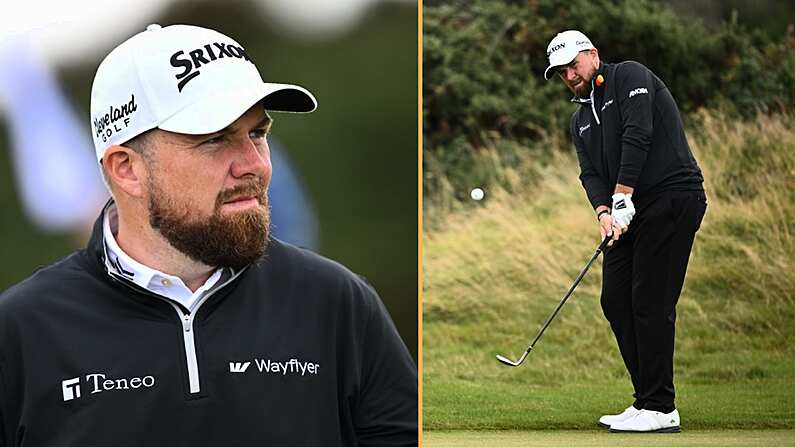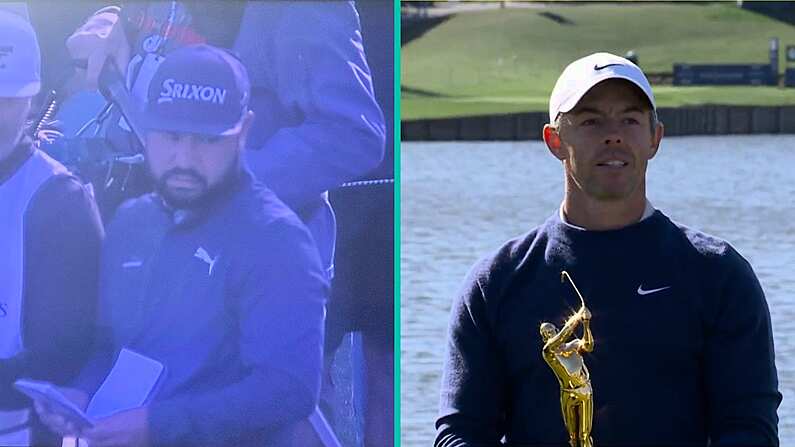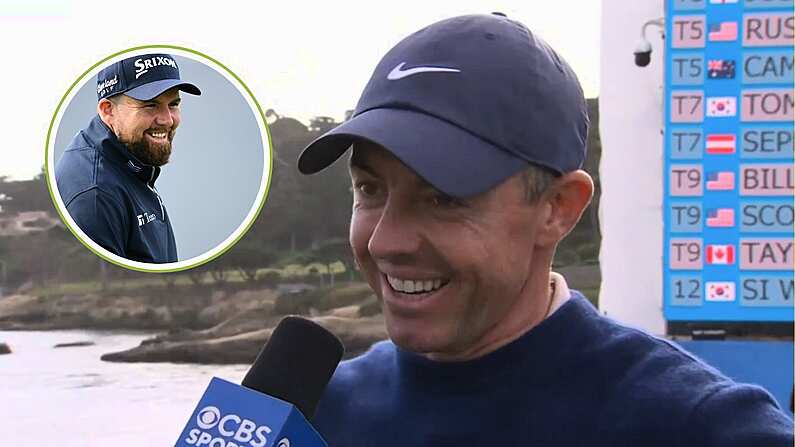Golf is the ultimate second sport. Many sportsmen have made bold attempts to break onto the pro tour once their initial careers came to an end. Not with much success.
As 3 handicapper Alan Hansen has pointed out before, there is a world of difference between becoming a scratch golfer and being able to compete at the top level.
Here are a number who you might not be aware were scratch golfers, close to scratch... or even better.
Sportsmen Who Became Scratch Golfers
Gareth Bale
The recently retired, former Wales, Real Madrid, and Spurs winger is the most obvious selection in this list.
He was famously open about his love for golf during his playing days at Madrid, ranking the past-time ahead of his club in terms of importance.
At the recent BMW PGA Championship Pro-Am he was given a handicap of 0.5. While not quite scratch, it is impressive, but also not surprising for a man who boasts a mini three hole course in his back garden.
READ HERE: Paul McGinley Makes Big Claim About Ireland's Chances Of Hosting A Major
READ HERE: Jon Rahm Taken Aback By Gareth Bale's Golf Standards
Steph Curry
According to the PGA Tour website, Curry has a handicap of +1.3, which is frankly astounding when you take into account that he is still a top 3 guy in the NBA.
He is known to frequent Pro-Ams and smaller tournaments, and is well able to pull off miracle shots similar to the ones we see on the basketball court.
Mardy Fish
The former pro tennis players, with a best Grand Slam finish of a quarter-final, is a supremely gifted golfer as well.
He made his PGA Tour debut at last year's 3M Open, where he missed the cut, and sports a handicap of around +2 to +3.
John Terry
We're not sure what exactly his handicap stands at this year, but in 2022 the former Chelsea and England centre-back revealed that he had a handicap of 0.3.
However, in the recent BMW PGA Championship Pro-Am, where he was paired alongside Tommy Fleetwood, he was a given a handicap of seven.
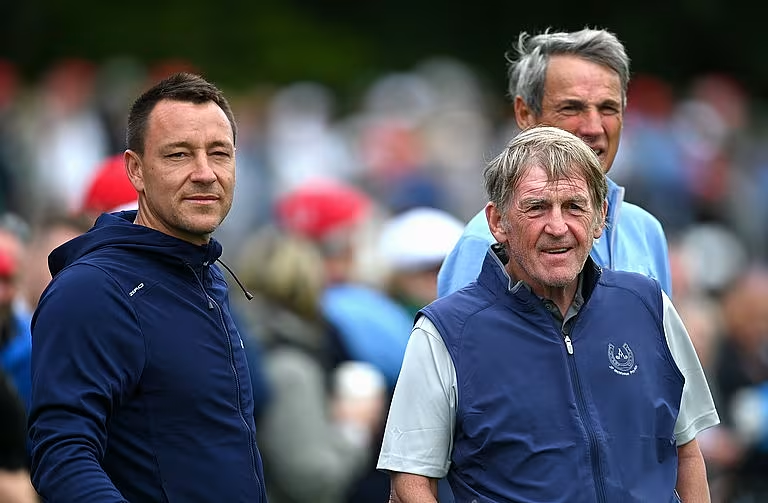
4 July 2022; Former footballers, from left, John Terry, Kenny Dalgish and Alan Hansen during day one of the JP McManus Pro-Am at Adare Manor Golf Club in Adare, Limerick. Photo by Ramsey Cardy/Sportsfile
Tony Romo
Usually cited as the best golfer among other sportsmen, Romo was forced to quit the sport in 2014 for a period after a couple of operations. He once beat Tiger Woods in a round, although that feat looks less gobsmacking with each passing year.
At his peak, his handicap was much better than scratch, and was at +3.3 at one stage. Attempted to qualify for the US Open at one stage.
Jimmy Bullard
Tried to make a go of qualifying for the European Tour almost immediately after retiring in 2013. He successfully reached the final stage of qualifying for the EuroPro tour, the second tier of European golf, although did not succeed in amassing too much prize money.
He outlined his ambitions to 'Today's Golfer' in 2014.
I want to be known as a golfer as opposed to a former footballer. I just want a bit of recognition and to prove to myself I can play golf as a professional and win some money at the same time.
I know the main European Tour is too far away. Am I that good yet? No. But I’d love to one day be competing at the top end of the EuroPro which would put me in touching distance of the Challenge Tour. One step at a time.
Tim Henman
After all the striving, he finally reached the summit in 2008, when he became a scratch golfer. At the Alfred Dunhill Links Championship in St. Andrew's in 2013, he shot 66 to his playing partner Colm Montgomerie's 72.
Last year he managed to bring his handicap down the +1.
Ricky Ponting
There is no confirmation on the Australian cricket legend's current handicap, but back in the mid-2010s he was off +1.
He never harboured any ambition to compete on any pro tour, saying it would reduce his enjoyment levels.
Gary Player once observed Ponting's swing and said:
The way you hit the ball, you’re wasting your time playing cricket.
Stephen Grant
Birr born Stephen Grant played for the Irish U21s, Shamrock Rovers, Athlone Town, Galway United and a number of clubs in England, including Burnley and Stockport County before quitting aged 27 to concentrate on golf.
He competed on the Challenge Tour in 2012, and played on the EuroPro Tour as recently as 2019.
This article was originally published in 2016


